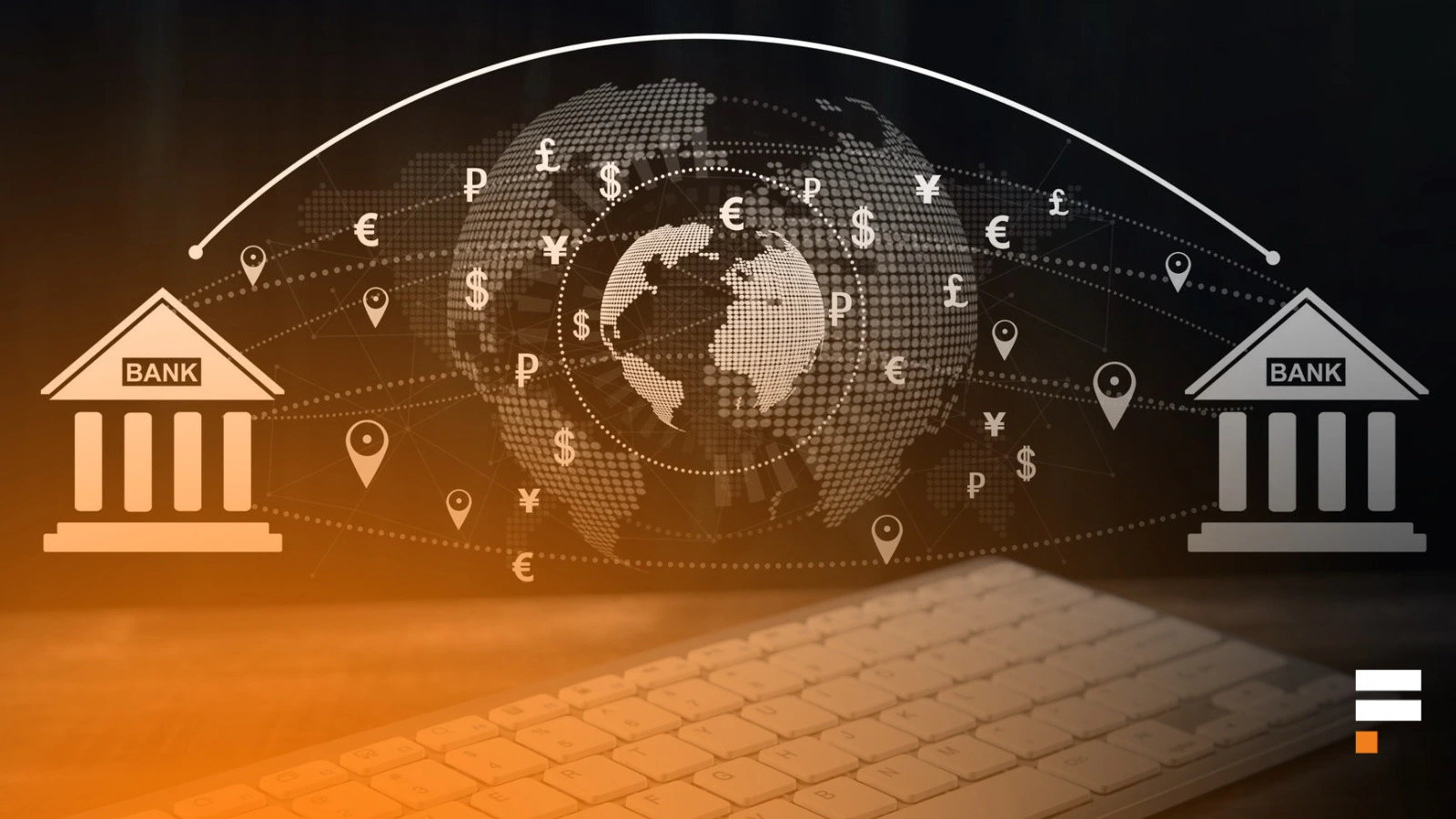Your cart is currently empty!
How to Transfer Money Internationally Between Banks: A Complete Guide
Last updated on

In this article, we will explore how to transfer money internationally between banks, a vital process in today’s globalized world. Whether you’re sending funds to family abroad, paying for services, or managing business transactions, understanding the best ways to transfer money can help you save both time and money. We will guide you through everything you need to know about international bank transfers, including the associated fees, security measures, and the most effective methods available.
Understanding International Bank Transfers
Transfer Money Internationally Between Banks, also known as wire transfers or SWIFT transfers, allows you to send money from one bank to another across borders. These transactions are typically processed through a network of correspondent banks, ensuring that funds reach the recipient securely and efficiently.
How Do International Bank Transfers Work?
When you Transfer Money Internationally Between Banks, your funds go through several key steps to ensure a secure and efficient transaction:
- Initiation – You start the process by requesting a transfer through your bank or an online banking platform.
- Intermediary Banks – The funds may pass through one or more intermediary banks before reaching the recipient’s account, depending on the transfer method.
- Currency Exchange – If you are transferring money internationally to a country with a different currency, the funds will be converted at the prevailing exchange rate.
- Final Deposit – The recipient’s bank processes the transaction and deposits the funds into their account, completing the international bank transfer securely.
This process ensures that when you Transfer Money Internationally Between Banks, your funds reach the recipient safely and efficiently.
Money Internationally: Key Factors to Consider
1. Fees and Charges
When you Transfer Money Internationally Between Banks, understanding the costs involved is essential. Different banks and services apply various fees, including:
- Transfer Fees – A charge by your bank for processing the international money transfer.
- Intermediary Fees – Additional costs imposed by correspondent banks involved in the transfer process.
- Exchange Rate Markup – A small percentage added to the exchange rate by banks or money transfer services.
To find the most cost-effective way to transfer money internationally, you can compare fees using Wise’s official comparison tool.
2. Transfer Speed
The speed of an international bank transfer depends on several factors, such as:
- The banks processing the transaction
- The destination country’s banking system
- The payment method chosen
Generally, transferring money internationally can take anywhere from 1 to 5 business days. However, services like Revolut and Wise provide faster alternatives for those who need quick and reliable international money transfers.
Best Methods to Transfer Money Internationally Between Banks
1. Traditional Bank Wire Transfers
Wire transfers through banks remain one of the most common methods for international transactions. They are secure and widely accepted but can be expensive due to high fees and unfavorable exchange rates.
2. Online Money Transfer Services
Companies like Wise, PayPal, and Revolut offer online platforms that provide lower fees and better exchange rates than traditional banks. These services are ideal for those who prioritize cost-effectiveness.
3. Cryptocurrency Transfers
For tech-savvy users, cryptocurrency transfers can offer a fast and low-cost alternative for sending money internationally. However, this method requires both the sender and recipient to use crypto wallets.
For a list of the best international money transfer services, check out Forbes’ review.
Security Tips for International Bank Transfers
- Double-check recipient details to avoid sending money to the wrong account.
- Use two-factor authentication to add an extra layer of security.
- Verify the exchange rate and fees before confirming the transfer.
- Avoid public Wi-Fi when conducting financial transactions.
Conclusion
Transferring money internationally between banks doesn’t have to be complicated. By understanding the fees, transfer methods, and security precautions, you can make informed decisions that save you both time and money. Whether you choose a traditional bank transfer or a modern digital service, always compare options to find the best deal. Now that you have a complete guide, you can confidently send money across borders with ease!




Leave a Reply